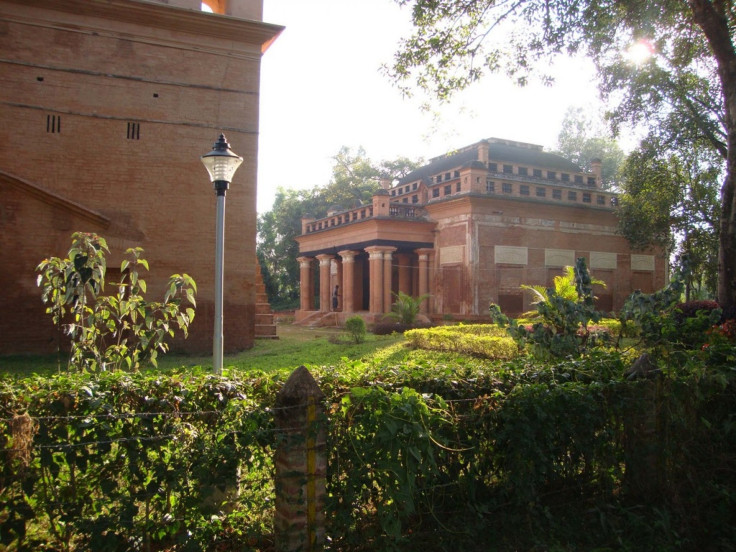How To Evict A King From His Castle: Manipur Royals Of India To Be Forcibly Moved By State Government

The modern world has once again collided with ancient customs in a bizarre drama in India’s remote northeastern state of Manipur. The titular king of Manipur, Leishemba Sanajaob, is engaged in a hunger strike and a sit-in to protest the state government’s plan to evict him and his family from Sana Konung, their ancestral palace, in the capital city of Imphal.
The BBC reported that the king’s aides said the eviction is unlawful and violates the terms of an agreement signed by the royal family and the state government. "The king feels betrayed because the government is violating a 2006 memorandum between the two that clearly said no decision would be taken about the palace without his consent," Puyam Tomcha, an adviser to the king, told the Independent newspaper.
The Manipur Cabinet wants to take over the palace and the surrounding property and convert it into a historical heritage site and tourist attraction. "The government will arrange for alternative accommodation for King Sanajaoba," a spokesman said. "We are taking over the palace to turn it around and preserve royal artifacts in it so that the future generations will know about the glorious past of Manipur." Indeed, another royal residence in Imphal, the Kangla palace, is already being turned into a museum.
Manipuri monarchs – who have neither real political power nor authority – have struggled in recent decades, having been forced to sell off properties and assets to survive. In contrast, the BBC noted, the royal family of Tripura, a neighboring state, has fared much better – they live in a section of the Ujjyanta palace in the capital city of Agartala, while the remainder of the property was acquired by the local government to house the legislative assembly. Tripura’s royals have some measure of influence in state politics and are wealthier than their poorer peers in Manipur.
Tripura and Manipur, which are located east of Bangladesh, close to the Burmese border, did not become part of the nation of India until October 1949, two years after India gained independence from Great Britain. (Some historians allege that the maharajah of Manipur at the time was forced to join India at gunpoint).
Nonetheless, the king of Manipur and his family are popular with part of the local population, who have long resented the presence of Indian military forces fighting a three-decade-long insurgency by separatists in the state. (Indian security forces have been accused of committing grave human rights abuses against Manipuri rebels, including torture, murder and forced disappearances).
Moreover, Sanajaob, whose royal lineage – the Ningthouja Dynasty -- is believed to be traced back to the time of Christ, is considered a “living deity” by many Manipuris. The Independent reported that some of his subjects have joined the king in his protest, fearing that forcibly moving him from the palace will further dilute Manipuri culture.
The king’s advisor, Puyam Tomcha, explained: "To the common man, the king is a god. He cannot work; he can only do religious work."
The Manipur royal family have a long and colorful history. They have occupied the Sana Konung palace since the 1890s, in the wake of the Anglo-Manipur war, which was triggered by the beheading of six British officers and led to the colonial British government ultimately seizing Manipur – giving it the distinction of being the very last independent princely state to be so conquered. The Kangla palace, where the Manipuri royals had lived for centuries, was seized by British troops, leading to the construction of Sana Konung.
But Sanajoab is only one of thousands of Indian kings, princes and princesses who live across the subcontinent and other parts of the globe. Many of these “monarchs” live ordinary lives; in fact, many struggle. This is partially due to the efforts of former Indian Prime Minister Indira Gandhi, who in 1971 decided that the government would no longer subsidize more than 600 so-called princely states with royal entitlements. That forced many royals (including the Manipuri dynasty) to sell off properties to survive.
© Copyright IBTimes 2024. All rights reserved.




















